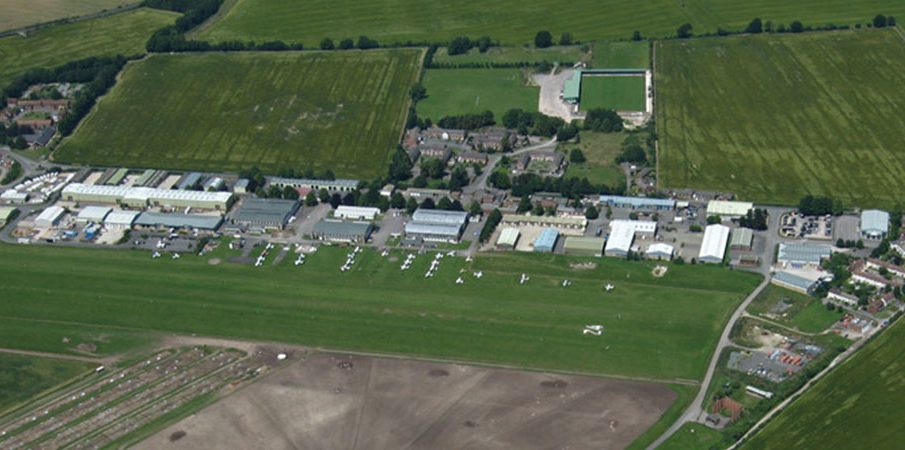Exploring the Rich History of Old Sarum Airfield

Introduction
Old Sarum Airfield, located near Salisbury, Wiltshire, UK, holds tremendous significance in the realm of aviation history and modern operations. Originally an army base and later a key player in the development of British aviation, the airfield has transformed into a vibrant hub for aviation enthusiasts and professionals alike.
History of Old Sarum Airfield
Established in the early 20th century, Old Sarum became one of Britain’s pioneering military airfields during World War I, serving as a training ground for aircrew and an operational base for aircraft. Post-war, it transitioned into civilian use, becoming a focal point for various aviation activities.
In the 1930s, the airfield grew in prominence, facilitating flight training and serving as a base for several aviation companies. During World War II, it was used by the Royal Air Force and continued to support military aviation until its closure in 1964. Despite its decommissioning, Old Sarum has maintained its relevance through the years.
Current Operations
Today, Old Sarum Airfield thrives as a civil airfield involved in general aviation and flight training. Owned by a private entity, it offers services including pilot training, aircraft maintenance, and charter flights. The airfield hosts various flying schools and private aircraft operations, providing an essential platform for pilots and aviation fans.
In recent years, Old Sarum has also become known for its air shows, community events, and heritage initiatives that celebrate its storied past. Local organisations often utilise the airfield for events that bring people together and promote a love for aviation.
Future Developments
As aviation technology continues to evolve, Old Sarum Airfield plans to adapt to future demands. Enhancements in facilities to accommodate more aircraft and improvements in training programs are in discussions to support the growing interest in flying and aviation careers. Furthermore, with the burgeoning interest in sustainable aviation, the airfield is exploring options that align with environmental stewardship, including greener flying practices.
Conclusion
Old Sarum Airfield remains a vital and dynamic site, blending history with modern aviation. For aviation enthusiasts and the local community, it serves as a testament to Britain’s rich aviation heritage while embracing future possibilities. As development plans unfold, Old Sarum is poised not only to preserve its legacy but also to inspire future generations in the world of aviation.








